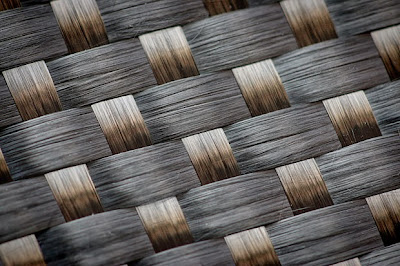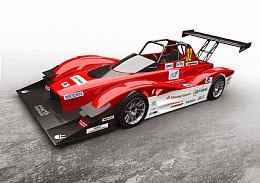First vehicle goes to Berlin
Dr. Christian Malorny (left) took over his Volkswagen XL1 by Thomas Zahn, Director of Sales and Marketing Germany Volkswagen Passenger Cars Dr. Christian Malorny (left) took over his Volkswagen XL1 by Thomas Zahn, Director of Sales and Marketing Germany Volkswagen Passenger Cars
Volkswagen has delivered yesterday at the Transparent Factory in Dresden the first XL1 to a customer. Together with his family accepted Dr. Christian Malorny from Berlin's innovative diesel plug-in hybrid.
The first XL1 was delivered in the exterior color Oryxweiß pearl effect with titan black and pearl gray interior. "The XL1 has inspired me from the beginning and I am very pleased to now be driving my own. With its visionary design and high-tech appearance, Volkswagen has dared something new and innovative, "Malorny told Presented was the spectacular two-seater by Thomas Zahn, Director of Sales and Marketing Germany, Volkswagen Passenger Cars." The XL1 is the most efficient production car in the world and the Technology Lighthouse of the Volkswagen brand. He embodies the now technically feasible in a unique shape. "
With an average fuel consumption of 0.9 l / 100 km, the XL1 is the most economical series-production car in the world. Thanks to its plug-in hybrid system, the two-seater can be driven purely electrically, and thus free of local emissions over a distance of up to 50 kilometers. From design layout to follow the XL1 as automotive protagonist of the pure sports car theory: minimum weight of CFRP monocoque and outer skin (795 kg), perfect aerodynamics (Cd 0.189) and extremely low center of gravity (1.153 mm height). Therefore, the efficient Volkswagen range 6.2 kW / 8.4 hp to slide at a constant speed of 100 km / h above the plane. In electric mode, the Volkswagen content with less than 0.1 kWh for more than a kilometer route.
1 XL1: Fuel consumption in l/100 km: 0.9 (combined); Electricity consumption in kWh per 100 km: 7.2 (combined) CO2 emissions in g / km: 21 (combined), Efficiency: A +






